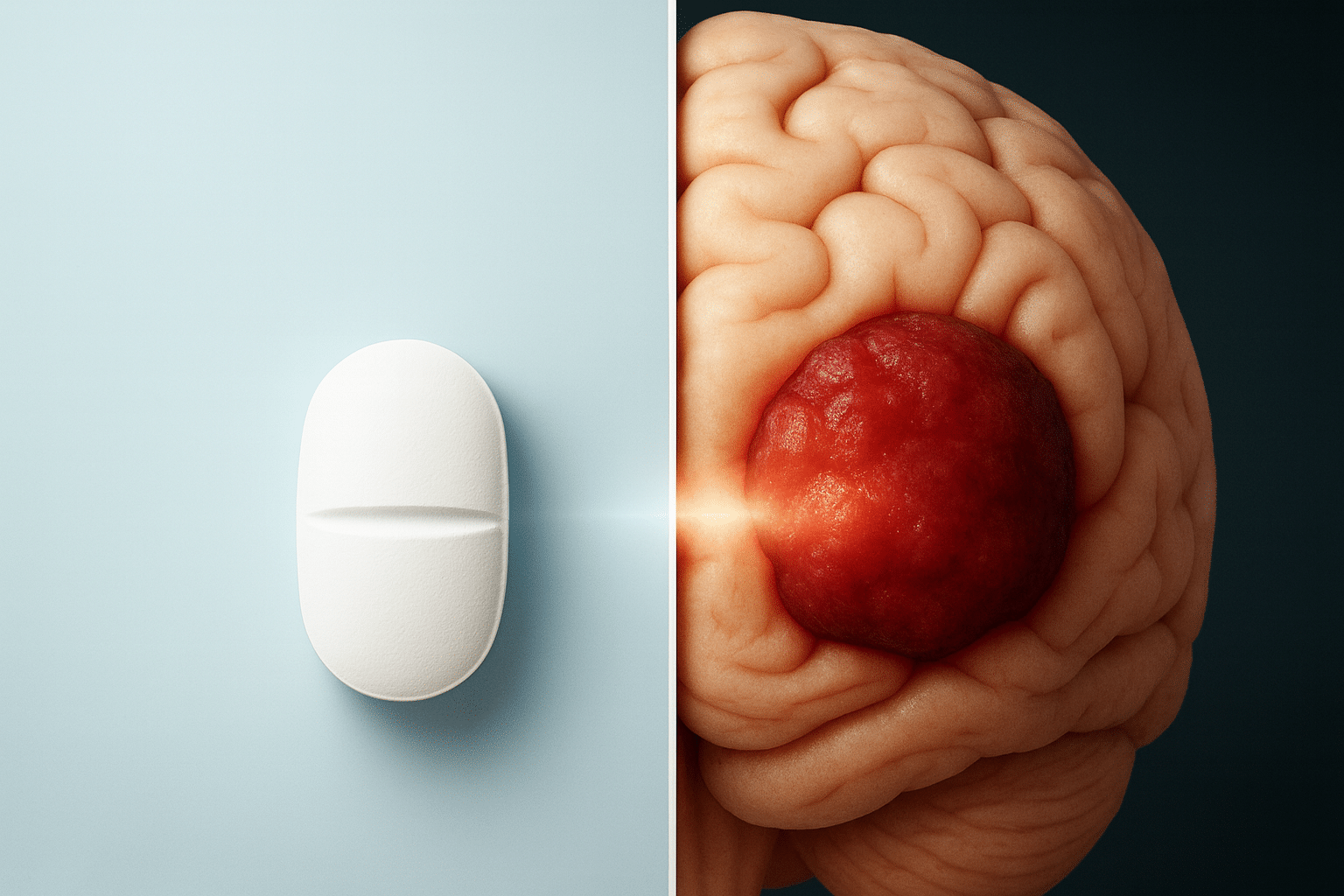
Key Takeaways
- Hydralazine, a long-standing blood pressure drug, has been found to inhibit the growth of aggressive brain tumors.
- The drug works by targeting and shutting down a critical enzyme, ADO, essential for cancer cell survival.
- This discovery could lead to the development of more effective and selective cancer treatments.
- The research also sheds light on the molecular workings of hydralazine, potentially improving treatments for pre-eclampsia.
Uncovering a Hidden Potential
Hydralazine, one of the earliest vasodilators developed, has been a first-line treatment for life-threatening high blood pressure, especially during pregnancy. Despite its widespread use for over seven decades, its precise molecular mechanism remained largely unknown until now. Scientists at the University of Pennsylvania have finally elucidated how the drug functions at a molecular level, revealing an unexpected link between hypertensive disorders and brain cancer.
How Hydralazine Fights Brain Tumors
The research team discovered that hydralazine directly targets and inhibits an enzyme called 2-aminoethanethiol dioxygenase (ADO). This enzyme acts as a critical molecular switch, signaling blood vessels to constrict, particularly in low-oxygen environments. Cancer cells, like glioblastoma, often thrive in these low-oxygen conditions, which they create by disrupting blood vessel function.
Hydralazine effectively “mutes” the ADO enzyme, preventing it from signaling blood vessel constriction. This action leads to the stabilization of signaling proteins that normally degrade, causing blood vessels to widen and reducing blood pressure. In the context of brain tumors, this mechanism disrupts the tumor’s ability to survive in low-oxygen environments. Instead of killing cancer cells outright, hydralazine triggers a state of cellular “senescence,” a dormant, non-dividing state that effectively pauses tumor growth without causing further inflammation or resistance.
Implications for Future Treatments
This breakthrough not only offers a potential new avenue for treating aggressive brain cancers like glioblastoma but also deepens the understanding of hydralazine’s action. This knowledge could pave the way for designing safer and more selective treatments for both pregnancy-related hypertension and brain cancer. Researchers are now looking to further refine ADO inhibitors to be more tissue-specific and better able to cross the blood-brain barrier, maximizing their impact on tumor tissue while minimizing side effects.
Sources
- World’s oldest blood pressure drug may help treat aggressive brain tumour, The Times of India.
- One of the world’s oldest blood pressure drugs may also halt aggressive brain tumor growth, Medical Xpress.
- Scientist discover new link between condition suffered by 120 million Americans and brain tumors… but a
$0.33 pill ‘halts’ growth, Daily Mail.

